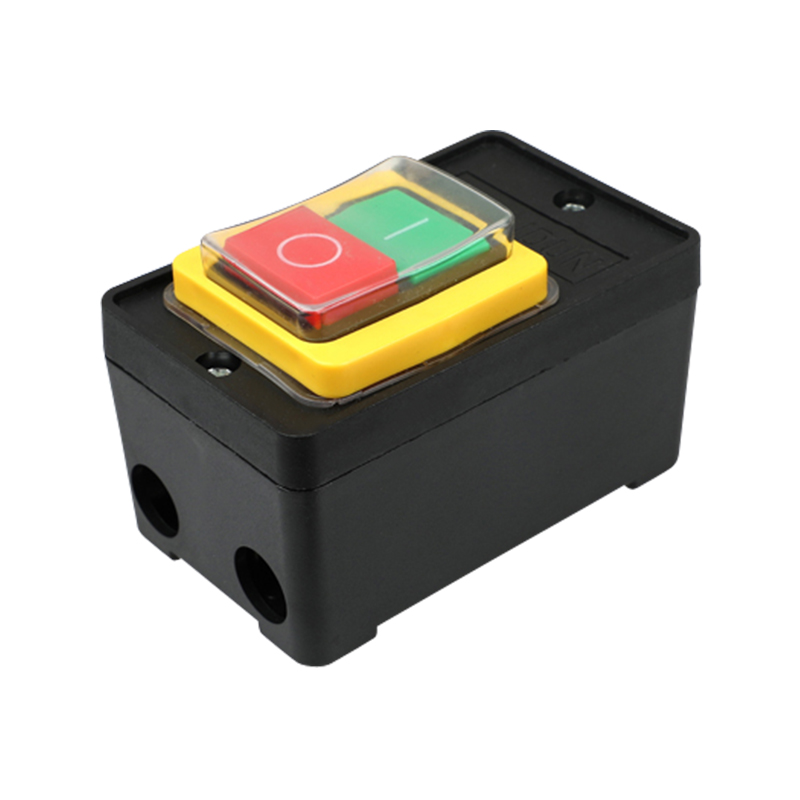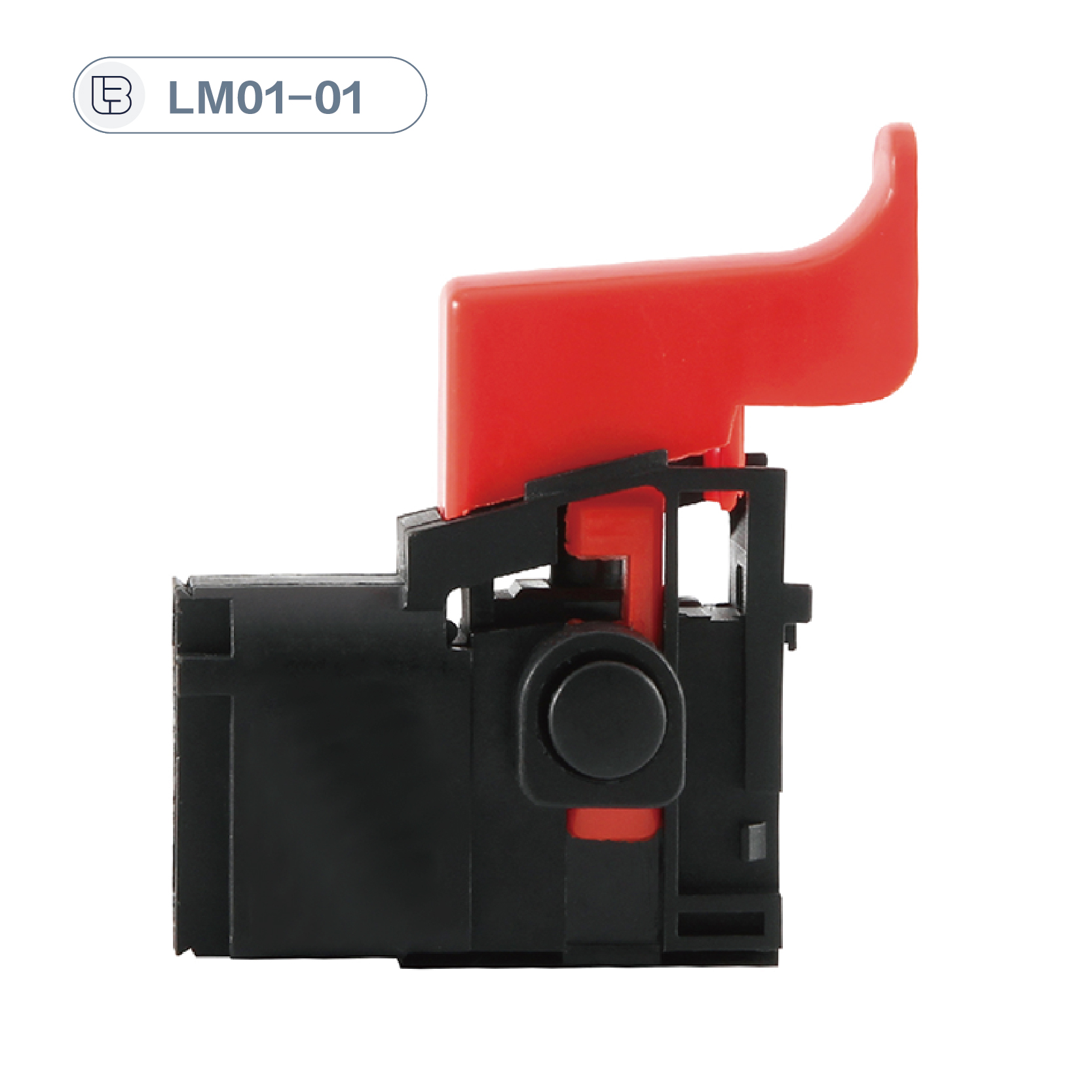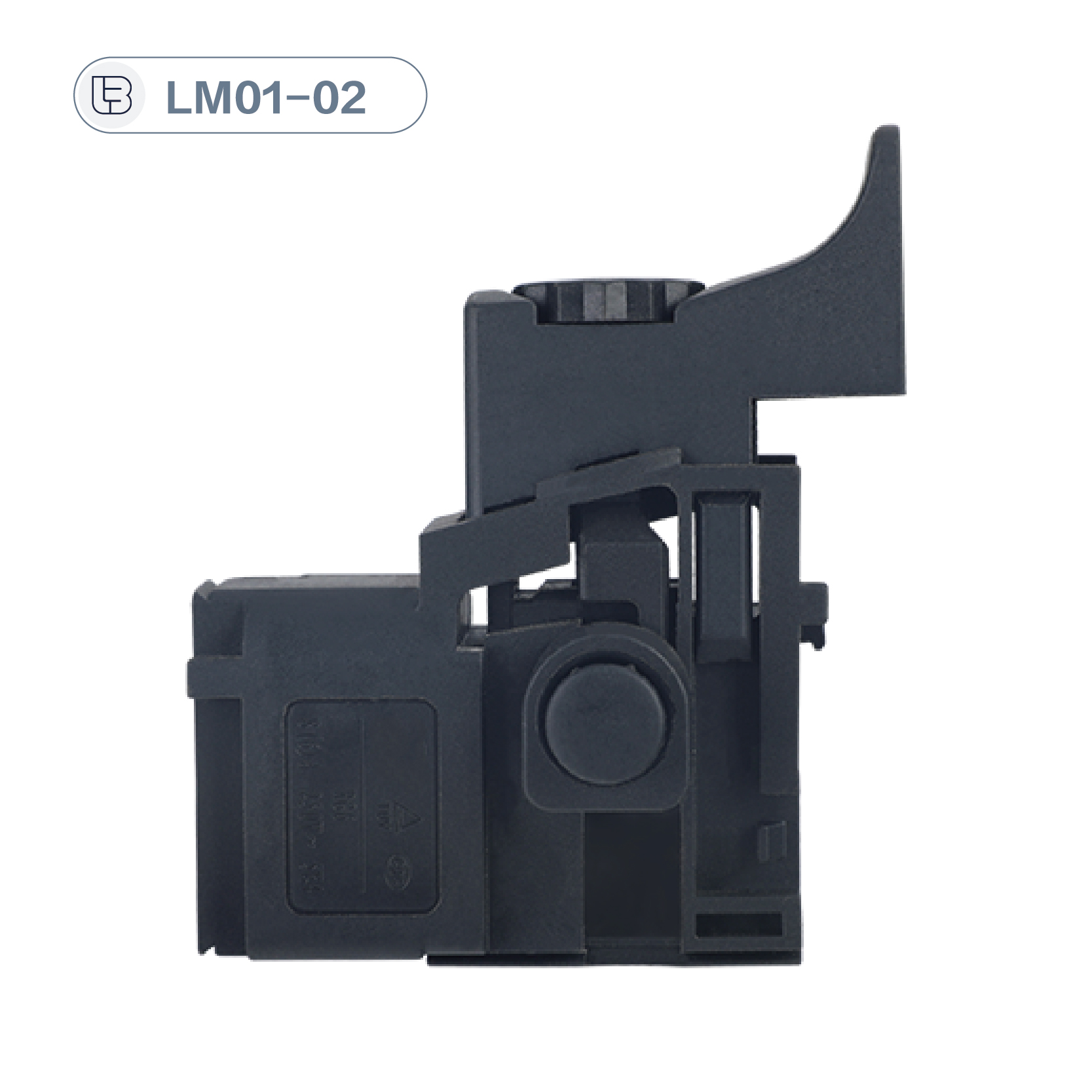Power Tool Switches
How Do Manufacturers Ensure Compatibility Between Switches and Different Power Tools?
In the world of electric tools, the switch plays a crucial role in safety and functionality. It controls the flow of current and often includes features like speed control, lock-on functions, or safety cutoffs. For a switch for power tools manufacturer, ensuring that switches work seamlessly with a variety of tool types is both a technical and design challenge.
A switch in any power tool is responsible for starting and stopping the motor. In more advanced tools, it may also regulate speed, torque, or timing. When a switch for power tools manufacturer designs a switch, it must align with the specifications of the tool’s motor, voltage rating, housing structure, and intended usage. Poor compatibility can result in overheating, reduced lifespan, or even safety hazards.
One of the primary responsibilities of a switch for power tools manufacturer is to ensure that the switch can handle the electrical load of the tool. This involves matching the current and voltage requirements of the tool’s motor. For instance, a heavy-duty grinder may require a switch rated for higher amperage compared to a cordless drill.
Manufacturers conduct detailed testing to confirm that the switch can operate reliably under full load conditions. Electrical resistance, insulation, and arc suppression are also tested to ensure long-term safety and durability.

Mechanical compatibility is another area where a switch for power tools manufacturer must focus its efforts. Power tools vary widely in size, shape, and internal design. A switch must fit precisely within the tool housing while allowing smooth operation through external triggers or buttons.
Manufacturers often work closely with tool brands or follow international design standards to create switches that can be integrated into a range of tools with minimal modification. This includes designing various actuator types, mounting options, and terminal placements to suit different layouts.
Material selection is a key concern for any switch for power tools manufacturer. The internal components must be made from materials that can withstand high temperatures, repeated mechanical pressure, and exposure to dust or moisture. Contacts are usually made from copper or silver alloys, while the housing is typically a heat-resistant plastic.
To maintain compatibility across environments, switches may also be rated for water resistance or dustproofing, especially for outdoor or industrial applications. This ensures the switch continues to perform reliably regardless of where or how the tool is used.
Many tool brands approach a switch for power tools manufacturer with specific requirements. In these cases, manufacturers may create customized switches tailored to a particular model. This includes adjusting internal components, changing the external design, or integrating advanced features like variable speed control.
This collaborative process ensures that switches are not only compatible but also enhance the user experience by improving functionality and ergonomics.
Before a switch is approved for production, a switch for power tools manufacturer conducts multiple rounds of quality checks. These include electrical testing, endurance cycling, environmental stress tests, and compatibility assessments with actual power tool units. Only after passing these evaluations are the switches distributed for assembly.
Ensuring compatibility between switches and power tools requires a detailed understanding of electrical engineering, mechanical design, and end-user needs. A switch for power tools manufacturer balances these aspects by working with tool producers, following safety standards, and designing for flexibility. Through careful testing and design, manufacturers help ensure that each switch contributes to the safe and reliable operation of power tools in various industries.

 English
English русский
русский Español
Español

